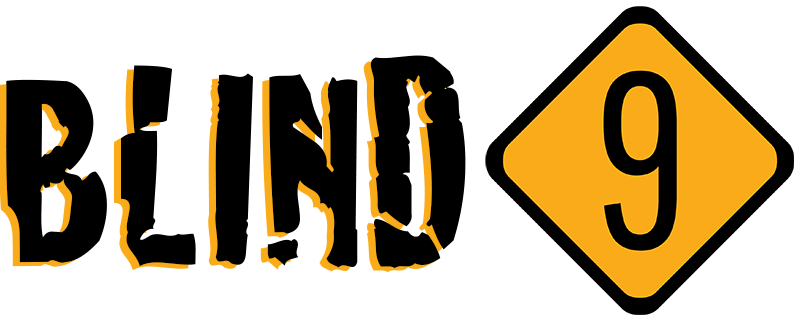Ridgefield Blind 14 is among the most popular blinds at Ridgefield National Wildlife Refuge and for good reason. The blind has a lot going for it.
First, it’s a relatively short walk from the parking lot and the path to it does not feel as treacherous as some of the other blinds. The water gets about waist high as you approach the blind, but it certainly does not get as deep as the chest-high water in front on blind 16.
Second, it has generous amount of water all around. This includes good open water in front of the blind and to the sides, but also some reedy water on its flanks to help you attract birds in different conditions.
Third, it faces North and is a covered box blind. This means you’ll not be staring into the sun on bluebird days and you will be out of the weather on blustery, rainy days.
Finally, it is well situated on the North-South axis of this part of the refuge, meaning that even if birds are not all that interested in finishing you’ll still get some opportunities.
Hunting Style
The last time we hunted this blind, we saw a large variety of birds here so be prepared for just about anything.
Like many of the blinds at Ridgefield, especially as the season ages, you will have challenges getting birds to finish in your decoys unless you’re really targeting specific species. We generally put out a mixed spread of mallards, pintail, widgeon, teal, ringnecks, and goose floaters. Still, unlike in other areas of the state, we don’t get a lot of decoying birds.
Therefore, I like to set this blind up for defensive decoying, meaning I’ll place decoys in spots where I don’t want the birds to land. It also means I like to spend time creating flying lanes between the blind and the decoys. Because this blind has a lot of water all around it, you have the opportunity to funnel passing birds through these lanes or get them to land in the lanes. The trick is to you have to give them enough room.
You can try placing your closest decoys at least 25-30 yards away from the blind and leaving open water between the blind and the decoys. It works even better when you align your decoys parallel with the wind direction.
Creating lanes also provides you with some discipline in shot selection. Any bird that’s inside the decoys and relatively low will present a quality shot. Anything outside the decoys you let pass with the hopes that it swings back.
Because it has so much water to the front as well as on two sides you can easily pack in 3-5 dozen decoys and build a nice presentation without crowding the water.
Finally, you will want to spend some time spotting behind the blind, as you will get plenty of approaching birds from that direction. You can be especially attuned if you hear shooting from that direction, as birds often will roost between blind 14 and blind 16, which is South of it.
Goose Opportunities
Blind 14 I think is better than average for good goose shooting. You don’t have any land for goose shells, but you can put out some floaters and potentially attract smaller flocks looking for respite. More likely, however, is that you will get a shot at low flyers flushing from the protected part of the refuge and traversing the hunting unit towards the Columbia River.
Most of the time these geese will be way too high. However, you might get a group that has not gained a lot of altitude yet and those will be your best bet.
Good luck out there and let me know how it goes!
Blind Details
Type: Box blind for 3 people, elevated off the water.
Pros: Close to the parking lot, lots of water around, facing North out of the sun, well-positioned in the refuge. If ducks are around, this blind will get its share.
Cons: It does not have much going against it, really. You have to watch out for ducks coming in from behind the blind. It would be challenging to hunt this blind with a wind coming from the North.
Hunting Log

